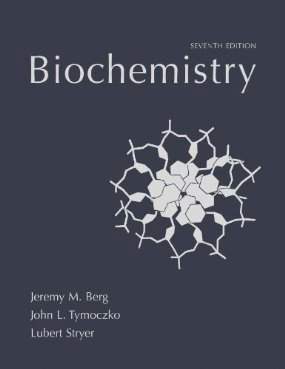Connecting...

For more information, please see full course syllabus of Biochemistry
Biochemistry More on Osmosis
Osmosis occurs when solvent flows spontaneously from a solution with a lower concentration of solute to a solution of higher concentration across a semi-permeable membrane. This happens regardless of the identity of the solute and is an important biological process which helps maintain the proper amount of fluids inside cells. This lecture contains several examples including one based on the molar mass of protein. The unit of osmolarity (the number of free particles per liter of solution) can be calculated by multiplying i times M, where i is the number of particles the compound dissolves into (i.e. one for covalent compounds and two or more for ionic salts) and M is the Molarity. Solutions can be isotonic, hypertonic, and hypotonic to each other depending on their relative osmotic pressures.
Share this knowledge with your friends!
Copy & Paste this embed code into your website’s HTML
Please ensure that your website editor is in text mode when you paste the code.(In Wordpress, the mode button is on the top right corner.)
- - Allow users to view the embedded video in full-size.










































 Answer Engine
Answer Engine





2 answers
Last reply by: Hong Yang
Thu Dec 31, 2020 8:42 AM
Post by Gene Gamet on June 14, 2018
the previous lecture in dilution is missing?